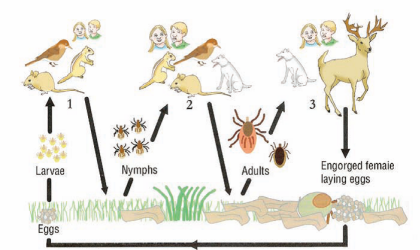Conservation Commission
Shelton, Connecticut
Open Space Map (3mb)
City of Shelton Open Space Marker
This marker is used to identify Public Open Space owned by the City of Shelton. It does not mark the exact location of the property line and may be as much as 100 feet away from the boundary, depending on site conditions. The Conservation and Pedestrian Easements markers have a similar look but different text.
Land Trust Marker
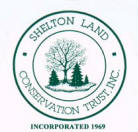
The Land Trust is a private, non-profit group that owns 364 acres of open space in Shelton, marked with these signs. People frequently confuse the Land Trust with the City of Shelton.
Wetlands Marker
These rectangular wetlands marker may be found in some newer subdivisions, usually on 4x4 posts. They mark the location of areas regulated by the Shelton Inland Wetlands Commission. These are generally on private property and are not related to open space.
Community Benefits of Natural Vegetation
Not everyone realizes the benefits to the community that naturally
vegetated areas provide, whether these areas are protected open space or
private woodlots. Even small wooded borders between one-acre lots provide
certain benefits to the community.
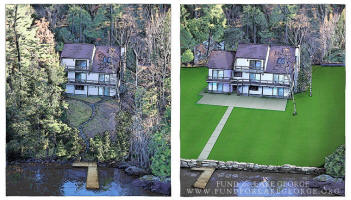
Compared with lawns, natural areas:
- cool air temperatures in the summer
- dampen sound
- provide a neighborhood buffer and increase privacy
- reduce air pollutants such as ozone, which burn lung tissue
- reduce stormwater runoff and flood damage downstream
- reduce water temperature downstream (needed for trout)
- increase water levels downstream during drought
- improve water quality downstream, fewer algae blooms
- improve wellwater quality
- raise groundwater levels
- reduce usage of pesticides and fertilizer
Clearing for ticks: There has been a trend by homeowners to remove all vegetation on their properties, other than short grass, and to spray for ticks. This is due to a fear of Lyme Disease, which is caused by the uncontrolled deer population. Shelton has been monitoring deer control efforts by other Fairfield County towns such as Redding and Newtown. The direct impacts of deer overbrowsing on the forest, combined with the collective impacts from homeowners removing vegetation and spraying pesticides, is substantial.
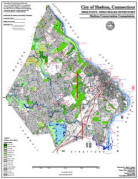
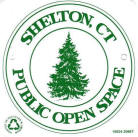
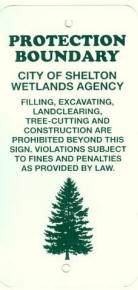
_small.jpg)
